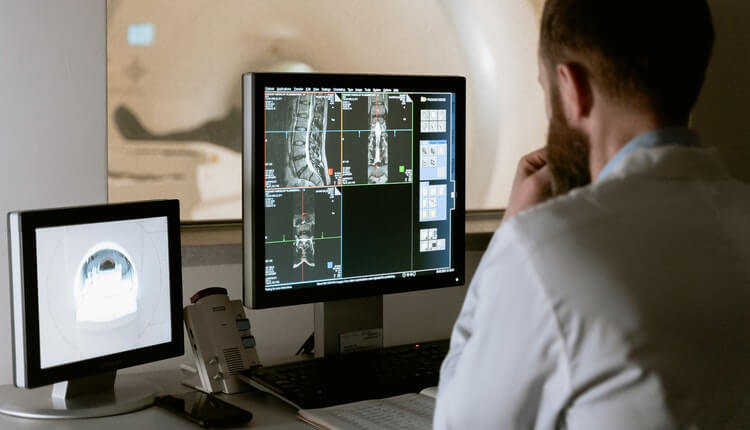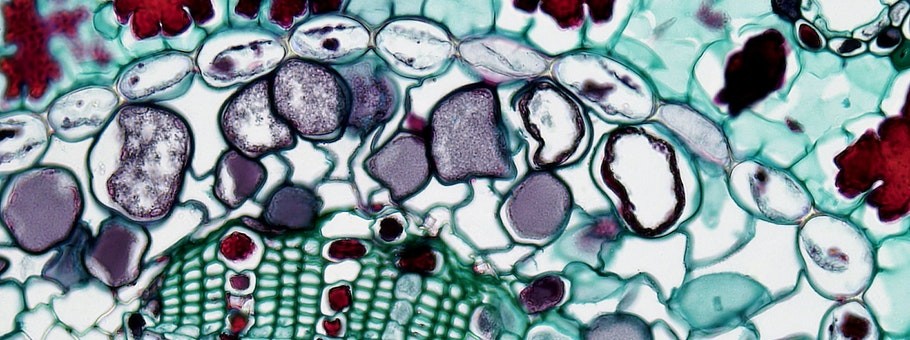4 Simple Rules for Better Scientific Pictures and Figures

Scientific figures and images are an integral part of academic publishing. Several journal websites present thumbnails of figures alongside the abstract for all their publications. Consequently, figures and images start making an impression right from the point when readers begin their preliminary search! Several studies and scientific discourses have confirmed that scientific figures and images play a critical role in improving manuscript quality. Rather than going through a tedious verbose account, readers often prefer looking at figures and images.
Importance of Publishing Excellent Figures
High-quality scientific figures and pictures convey data and information in a cohesive and reader-friendly manner. They help in presenting complex relationships, patterns and trends in a clear and concise manner. Therefore, it is paramount that authors publish figures that readers can interpret clearly and quickly. Images having poor quality, low resolution, and inconsistent in style can reduce the overall impact of a reader’s experience.
Four Simple Rules to Acquire High-quality Scientific Figures
Rule #1: Ascertain the Message You Wish to Convey
If you do not have a clear understanding of the purpose of a figure, it is highly unlikely that your audience will understand its purpose either! Therefore, before you pin down on the figure or image type, it is imperative to have a clear thought about what is the underlying message. Identify the core idea you wish to present using a figure. Also think about how can you best express it! This information can then guide you to choose an appropriate format, design, image or chart type.
Rule #2: Adapt the Figure to Best Suit the Medium
You may have to display the scientific figure on different media. The two most common forms include print articles and electronic media. Image resolution and size are the two attributes one must consider when assessing the suitability of an image for online and print readability. Resolution is the number of pixels in a defined area, usually measured in inches. Authors should carefully check the guidelines for image resolution prior to journal submission. The resolution of an image for viewing on a monitor is designated as “pixels per inch or (ppi)”, whereas the term “dots per inch or (dpi)” represents the resolution of a printed image and refers to dots of ink in printing.
Another important element that defines the image quality is color. Computer monitors, digital cameras, video screens usually use the RGB (red, green, and blue) color mode in various combinations to create all the colors we see in an image. Printed images on the other hand create image colors using the CMYK (cyan, magenta, yellow, and black) color mode. As a best practice, journals suggest to convert digital images to CMYK mode to have a truer preview of how the image will appear in print publications.

Rule #3: Do Your Homework
Plan your scientific figures from the start rather than giving them an afterthought! Master the equipment, instrument and/or software you intend to use for capturing high-quality images. Take formal training if required. While acquiring images make a note of capture adjustments such as brightness or contrast. This will ensure consistency in your image acquisition process. Furthermore, ensure that you save these images or figures at high resolution and in the correct format.
Journals recommend various file formats for figures and images. The most recommended format for saving scientific pictures however is TIFF (Tagged Image File Format) as it is lossless (the number and color of pixels is preserved despite multiple saves or alterations) and do not degrade. JPEG (Joint Photographic Experts Group) can be used for autoradiographs or micrographs as the compression allows submission of much higher resolution images for a given file size. However, one must minimize the number of times an altered version is saved, in order to prevent degradation of quality. PNG (Portable Networks Graphics) can be used for images where quality can be compromised for a smaller file size.
Whichever format you choose to save your final scientific figures, you must always keep the original files as a backup. Furthermore, it is also advisable to save files in the native file format of the image acquisition software, since these files may contain metadata of instrument setting. As a best practice, it is always beneficial to it handy in case you receive any questions from reviewers or editors during peer review.
Rule #4: Avoid Fraudulent Scientific Figure Manipulation
Prior to submission, authors generally use image-editing tools and and software to make adjustment or alterations to their images for creating publication-quality material. A word of caution here! The final scientific figures must be an accurate representation of original data and conform to ethical standards. Inappropriate manipulation of images can lead to manuscript rejection and mistrust on research credibility. For instance, if you are comparing (control vs. several different treatments) a group of images demonstrating cellular fluorescence in a single picture, you must capture them using the same instrument/equipment setting. In addition, any adjustments or must not eliminate or obscure any critical information. Furthermore, if you are making gamma value adjustments or using pseudo-colors to highlight certain aspects, disclose it in the manuscript.
Resizing is an essential step to create an image that fits journal recommendations. Making an image smaller (i.e. decreasing the number of pixels) is acceptable as software can combine multiple pixels into a single pixel. However, when there is an attempt to increase the number of pixels, the computer software needs to create additional pixels. This may result in misinterpretation of data.
Let us know how these tips assisted you in creating scientific figures and pictures in the comments section below!









